
Let’s talk about sugar and how it’s hidden EVERYWHERE. If you’re not checking food labels and you eat any kind of packaged food, there’s a very good chance you’re exceeding the maximum limit of daily sugar without even realizing it. The craziest part is you can easily do that without even consuming food you would think of as a treat or dessert.
This is one topic I both love and hate. I love this topic because when I help my clients start making swaps to decrease the amount of sugar they are consuming the results are epic. Not only do they lose weight (especially that stubborn belly fat) and have decreased cravings, but they feel more satisfied, have more stable energy levels and greater focus throughout the day, and other things like restless legs at night disappear.
The reason I hate this topic? It’s frustrating that this is even an issue. Sugar should not be hidden in virtually everything we eat! This is something that needs to change, but that’s a topic for another day. In the meantime, I’m here to help you start making more informed decisions about the food you eat.
There’s nothing more discouraging than making an effort to eat more healthy and not seeing the results you want. My goal with this post is to help you avoid that.
Matt is traveling again, which provides an opportunity for me to scope out the challenges of staying healthy while traveling. Recently he came home with the snack box provided in the American lounges. In this video, I show how Craisins, which you might think are the healthiest option, actually have three times the amount of sugar as both the Milano cookies and the Wheat Thins. And those Wheat Thins? They have the same amount of added sugar as the Milano cookies!
Check out this video for details and a visual showing just how much sugar is in a tiny packet of Craisins!
I also want to show you some examples of how two seemingly similar items can have a huge difference in sugar.
For a chocolate treat, both of these look like pretty healthy options, right? I mean one has THINS in the name with super foods like dark chocolate and almonds. But by just checking the ingredient list you can save 8 grams (2 teaspoons) of sugar per serving. For reference, the daily LIMIT (not goal) for sugar is 9 teaspoons (36 grams) for men and 6 teaspoons (25 grams) for women.
Of course with chocolate, you expect to have some sugar so let’s look at some other examples. Not all dried fruit is created equally.
Check out the difference between these organic goji berries versus organic tart cherries. The goji berries are an awesome option but the organic TART cherries have an extra 13 grams of sugar. That’s more sugar than the serving of chocolate!
And what if we compare apples to apples (or mangos to mangos in this case)? It can be easy to just grab whichever one seems like a good option based on the front of the package, but that can cost you an extra 2 teaspoons of sugar if you don’t check the label.
Unfortunately when you start looking you’ll discover that even items like pasta sauce, crackers, and meats often contain added sugar. See how easily you could be exceeding the daily sugar limit without even eating anything “sweet”?
The good news is, one quick check on the label and you can avoid these common pitfalls and give your health a major boost!
Do you find this post helpful? Let me know if you’d like to see more examples of how to avoid imposter health food pitfalls and how to find the healthiest options when you’re short on time.

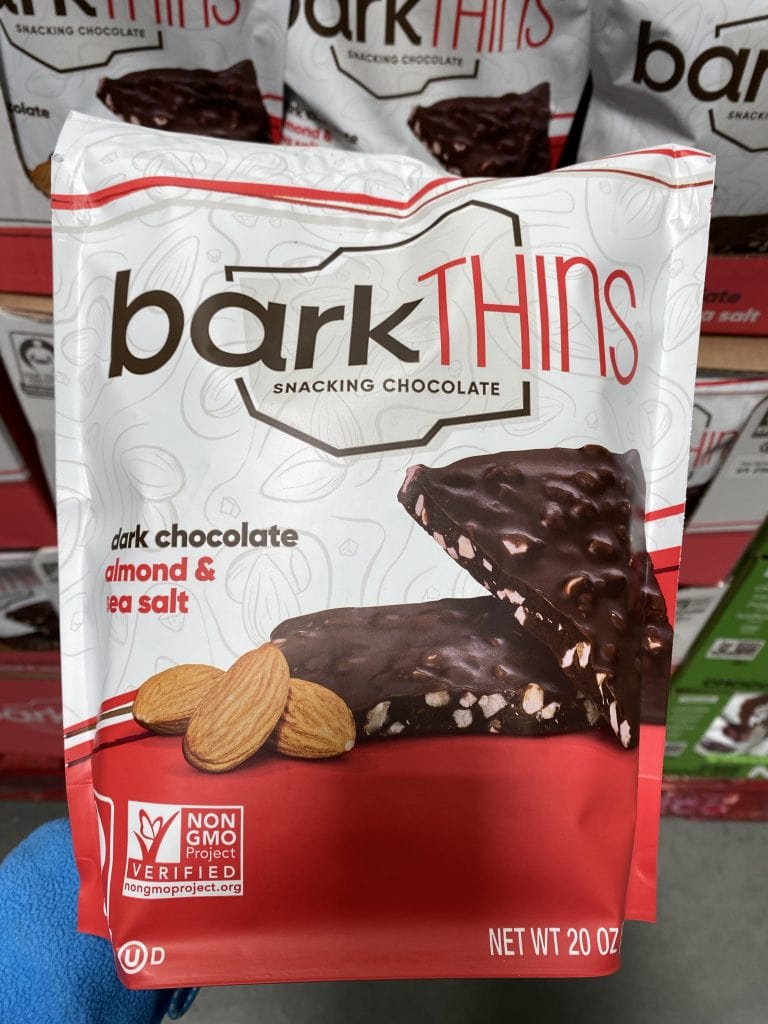
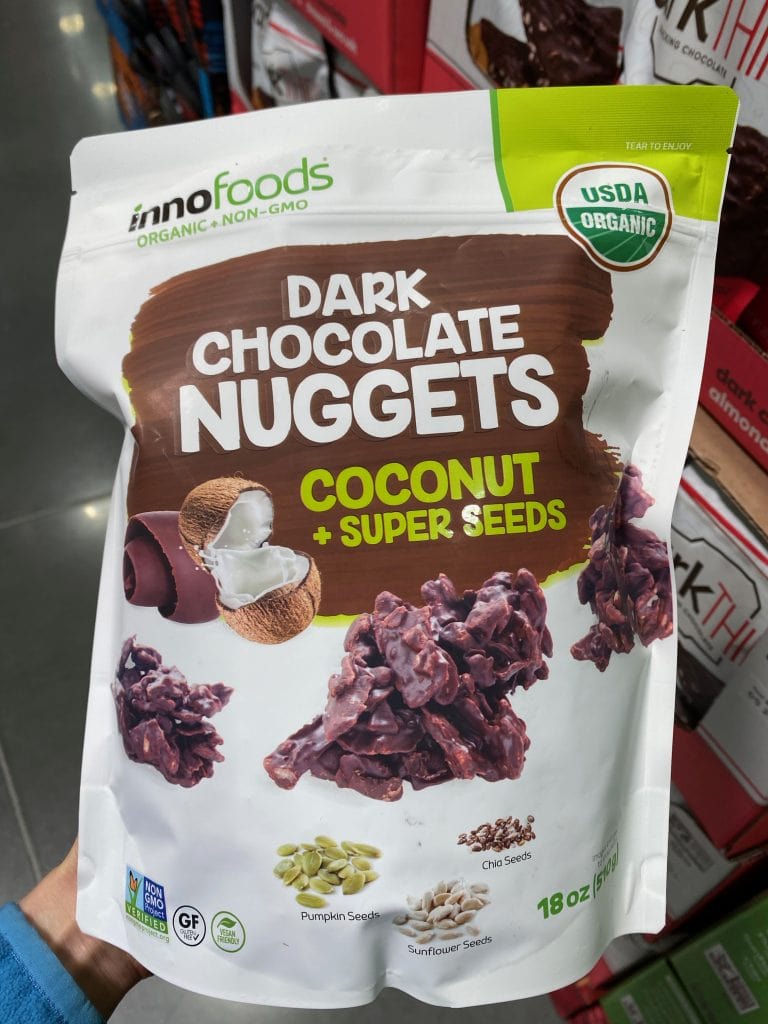
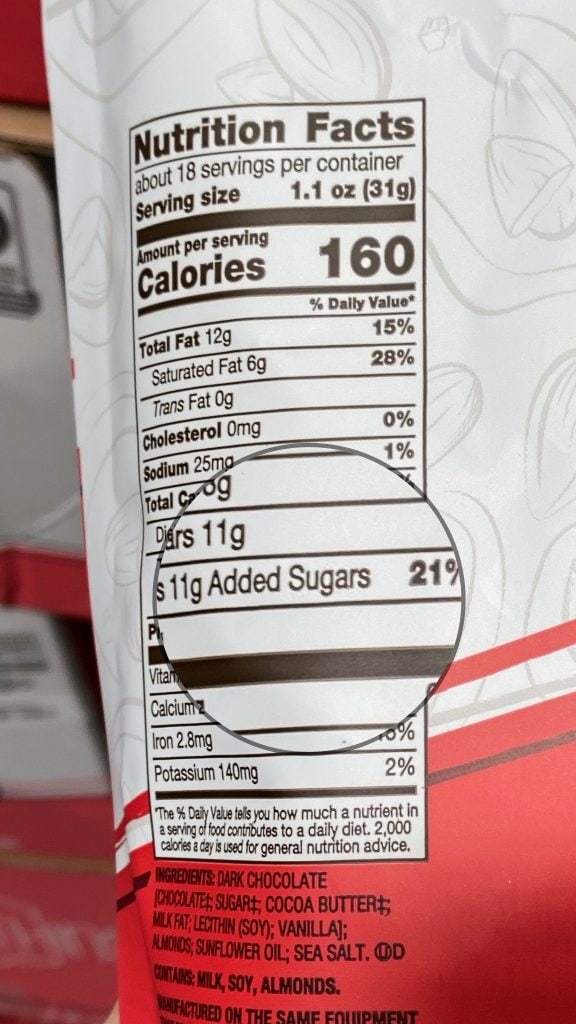

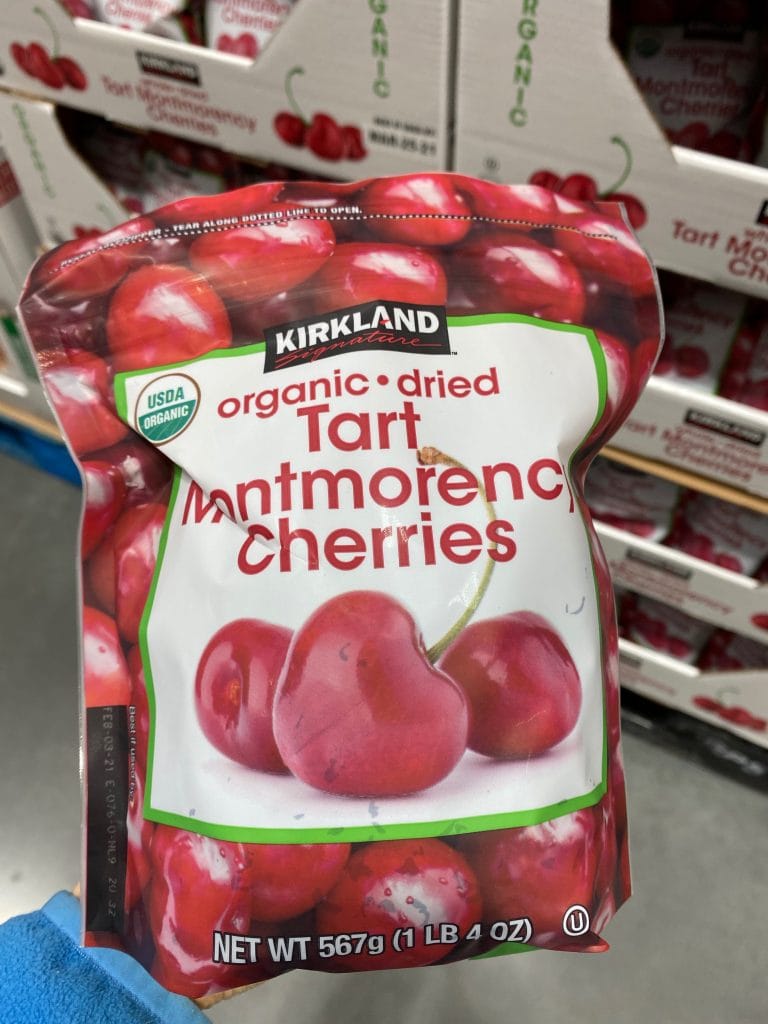
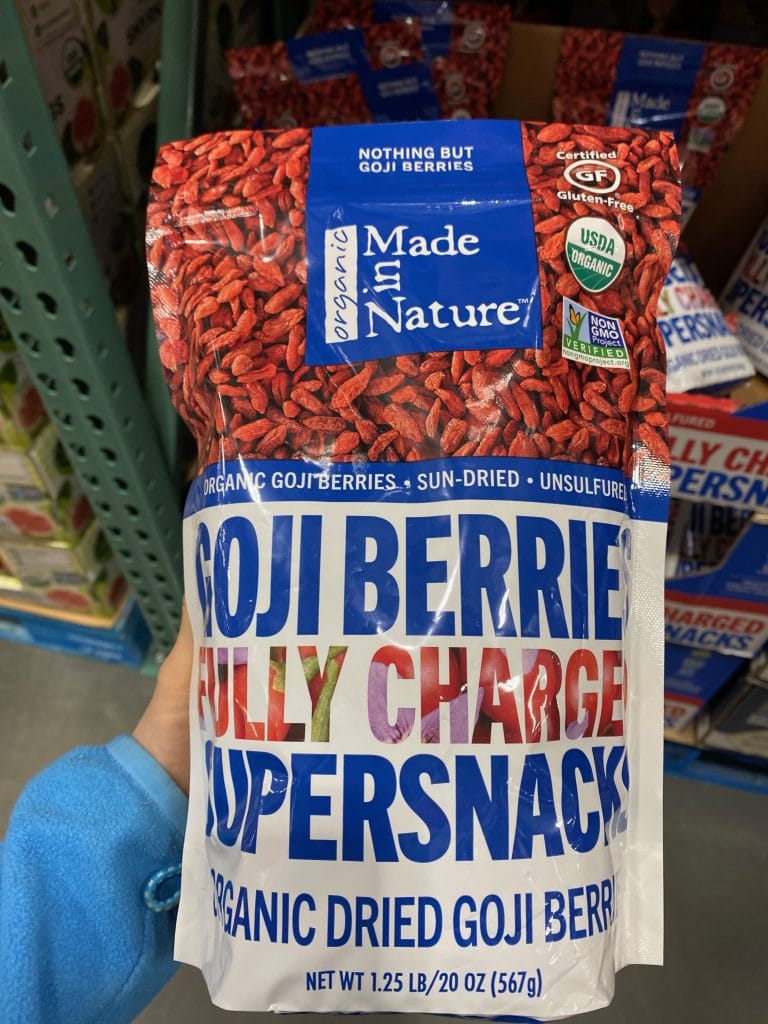

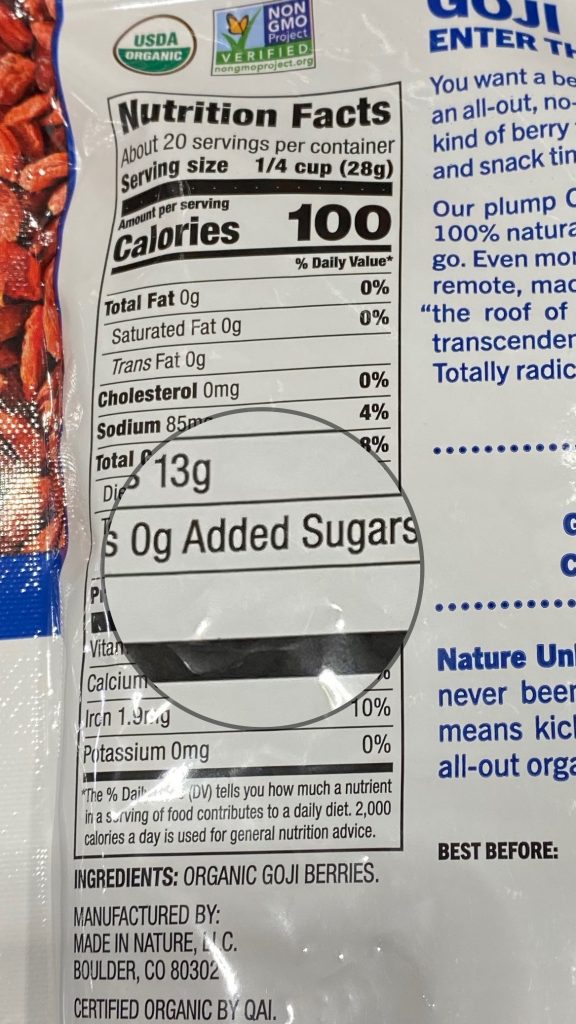
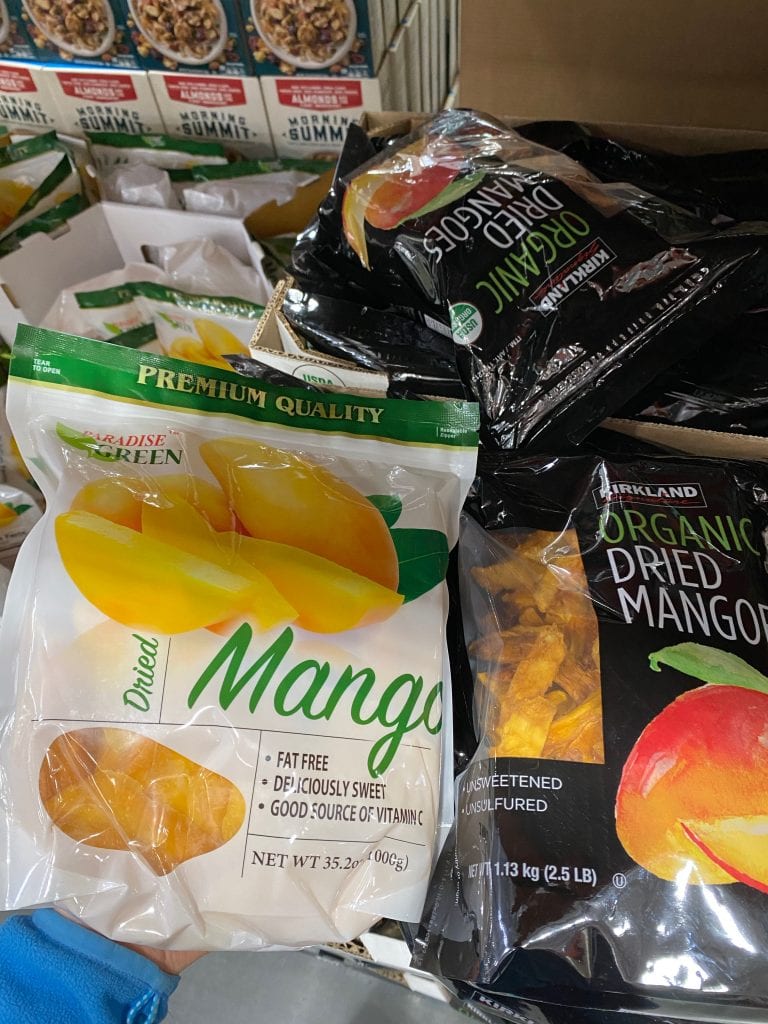


Leave a Reply